Chamomile vs Daisy: What’s the Difference?
Let's play a little game of floral "Who's Who," shall we? In one corner, we have chamomile, the soothing sip that tucks you into bed at night. In the other, daisy is the cheerful bloomer that looks like it's smiling up at the sun. At first glance, they might seem like garden twins, but they have their own vibes and purposes.
So, is chamomile just a chill daisy in disguise? Or are daisies chamomile's more extroverted cousins crashing the herbal spotlight? Let's dig into the flower bed and find out.

Are Chamomile and Daisies Related?
Short answer: Yes, they're plant cousins.
Both chamomile and daisy belong to the Asteraceae family, basically the "everyone-is-related-here" party of the plant world. This family includes a ton of familiar faces like sunflowers, marigolds, asters, and dandelions (the rebels of the lawn).
But even though they roll with the same botanical crowd, chamomile and daisy fall into different genera. That's like being in the same extended family, but one side brings the casseroles to the reunion, and the other brings the karaoke machine.
- Chamomile comes in a few types, but the two big names are Matricaria chamomilla (German chamomile) and Chamaemelum nobile (Roman chamomile).
- Daisy usually refers to Bellis perennis (the classic English daisy) or Leucanthemum vulgare (the common oxeye daisy).
They may look alike, but only one has a résumé that includes putting people to sleep.

Round One: Looks That Could Confuse a Botanist
If chamomile and daisies were standing in a floral lineup, could you tell them apart? Maybe. But it's trickier than it sounds.
Chamomile:
- Smaller petals
- A yellow cone center that sticks out more as it matures (like it's trying to peek over the petal crowd)
- Featherier leaves
- Usually less than a foot tall
Daisy:
- Larger petals with a flat yellow center
- Broad, flatter leaves
- They can grow much taller, especially the wild oxeye variety
- More likely to photobomb your wildflower Instagram shot

Round Two: Function Over Flower Power
Let's talk about purpose. These two aren't just pretty faces. They've got gigs.
Chamomile: The Chill Icon
Chamomile didn't come to play. It came to calm.
People have been sipping chamomile tea since ancient Egypt, and it's still the go-to for everything from stress and sleep to indigestion and "I just want something warm that doesn't have caffeine at 10 PM."
And it's not just your grandma's bedtime brew. Chamomile pops up in:
- Natural skincare (goodbye redness)
- Herbal medicine cabinets (bye-bye bloating)
- DIY bath soaks (hello spa vibes)
Basically, chamomile is the flower that shows up with essential oils and a cozy blanket.
Daisy: The Mood Booster
While daisies don't have chamomile's calming credentials, they've got major "feel-good" flair.
You'll spot them in everything from wedding bouquets to "just because" sidewalk blooms. Their message? Innocence, joy, and fresh starts.
Daisies are also:
- Used in folklore as symbols of loyalty and love
- Occasionally used in herbal remedies (though they're more "cute herb" than "power herb")
- Just like chamomile, they're known to be pollinator-friendly (hey there, bees!)
If chamomile is the friend who says, "Let's stay in and watch movies," daisy is the one texting, "Brunch at 11?"

Round Three: Garden Goals
Okay, so you want to grow one, or both. What are you in for?
Growing Chamomile
Chamomile thrives on a bit of neglect. It doesn't need super-rich soil or tons of water. It's the low-maintenance herb friend who vibes in your garden bed, asking for sunlight and the occasional drink.
German chamomile self-seeds like a boss, so once you plant it, it'll probably keep showing up like, "Hey, remember me?"
Growing Daisies
Daisies are also pretty low-drama, but they do like a bit more room to show off. They need:
- Full sun
- Well-drained soil
- Occasional deadheading to keep blooming
If you let daisies go wild, they'll start popping up wherever the wind takes them. Flower freedom!

Round 4: The Pollinator Popularity Contest
Pollinators love both daisies and chamomile, but who wears the crown?
Bees and butterflies dig both blooms.
Chamomile is popular with pollinators thanks to its dense clusters of flowers and strong scent (a little floral perfume never hurts when you're wooing bees).
Daisies, though, serve big-time curb appeal. Their wide open faces are like neon signs for pollinators, especially in native prairies and open fields.

Final Petal Count: Which One's for You?
So, which floral fighter wins?It depends on your vibe.
- Want to brew your bedtime tea and dabble in DIY skincare? Chamomile's your herbaceous hero.
- Do you prefer a splash of cheerful color and flowers that are good for pollinators and bouquets? Team Daisy is calling your name.
Or better yet, why choose? Plant both!

Flower Power, Unite!
Whether you're a fan of sipping your flowers or just want them to photobomb your next garden selfie, chamomile and daisies are worthy garden besties. Plant them for the pollinators. Pick them for a pop of joy. Or simply stop and smell them for a moment of peace.Because at the end of the day, life's better when you stop to smell the flowers.
Need something that says, "I love flowers"? We've got tees for that. 😉 Check out our latest plant-themed shirts and let your wardrobe bloom.




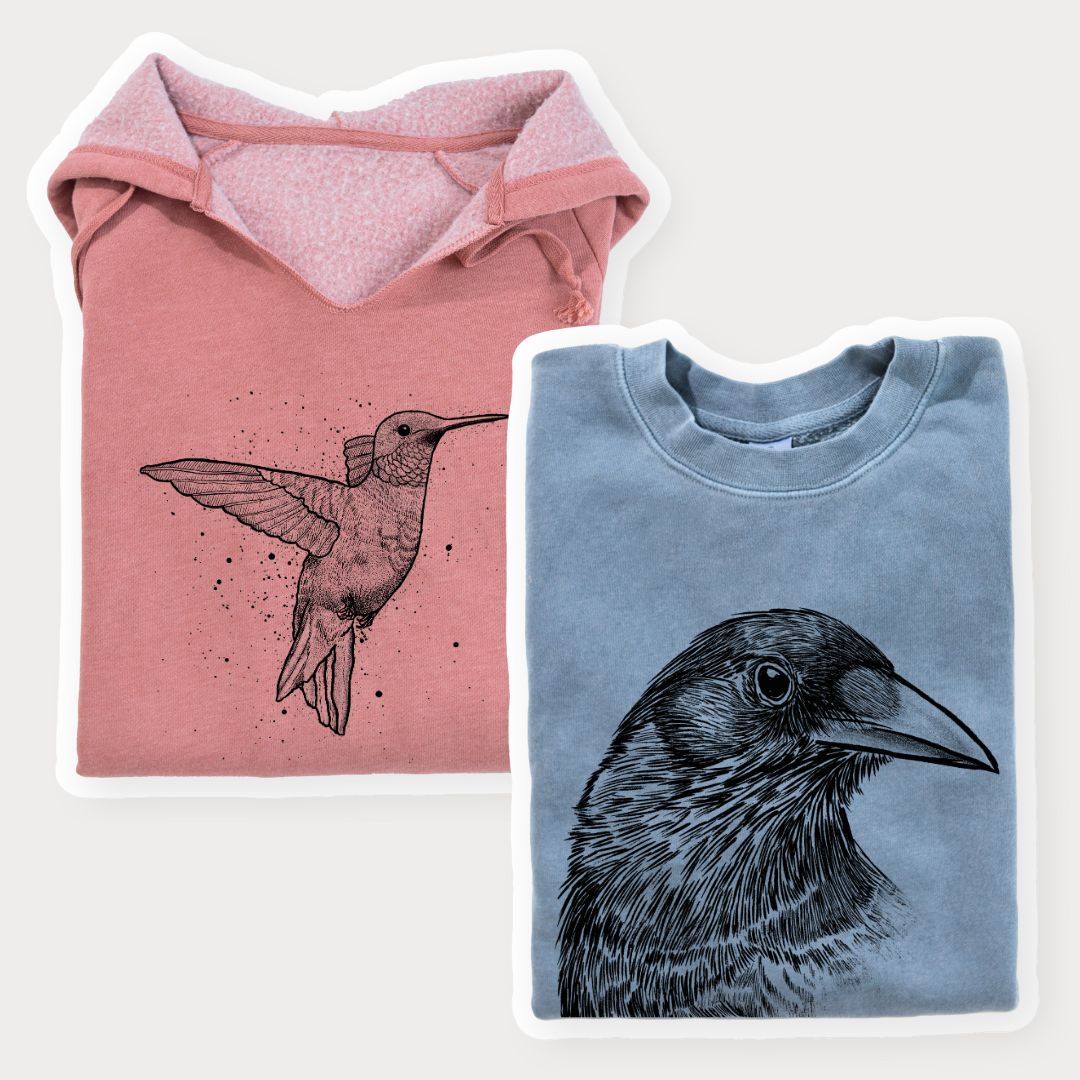
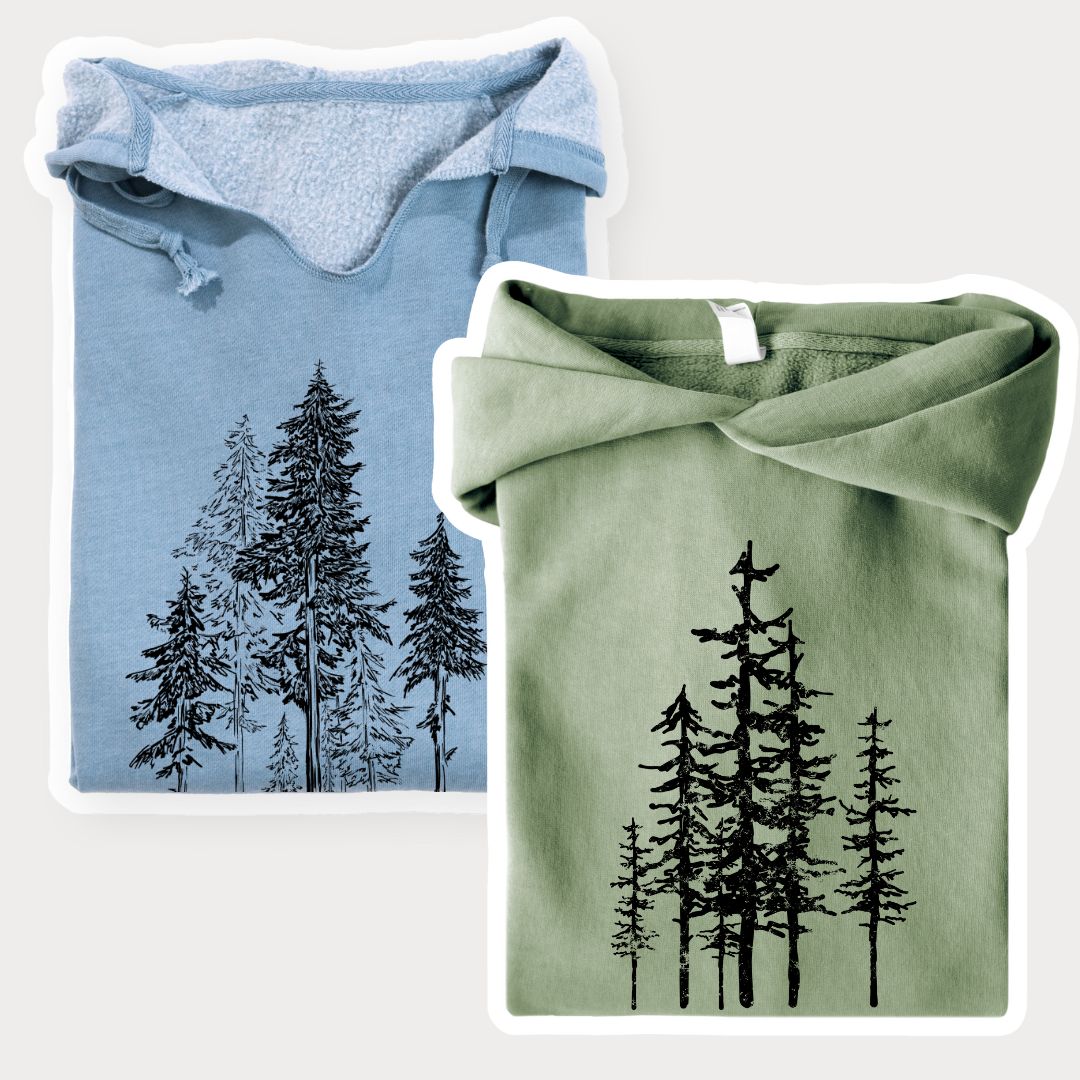
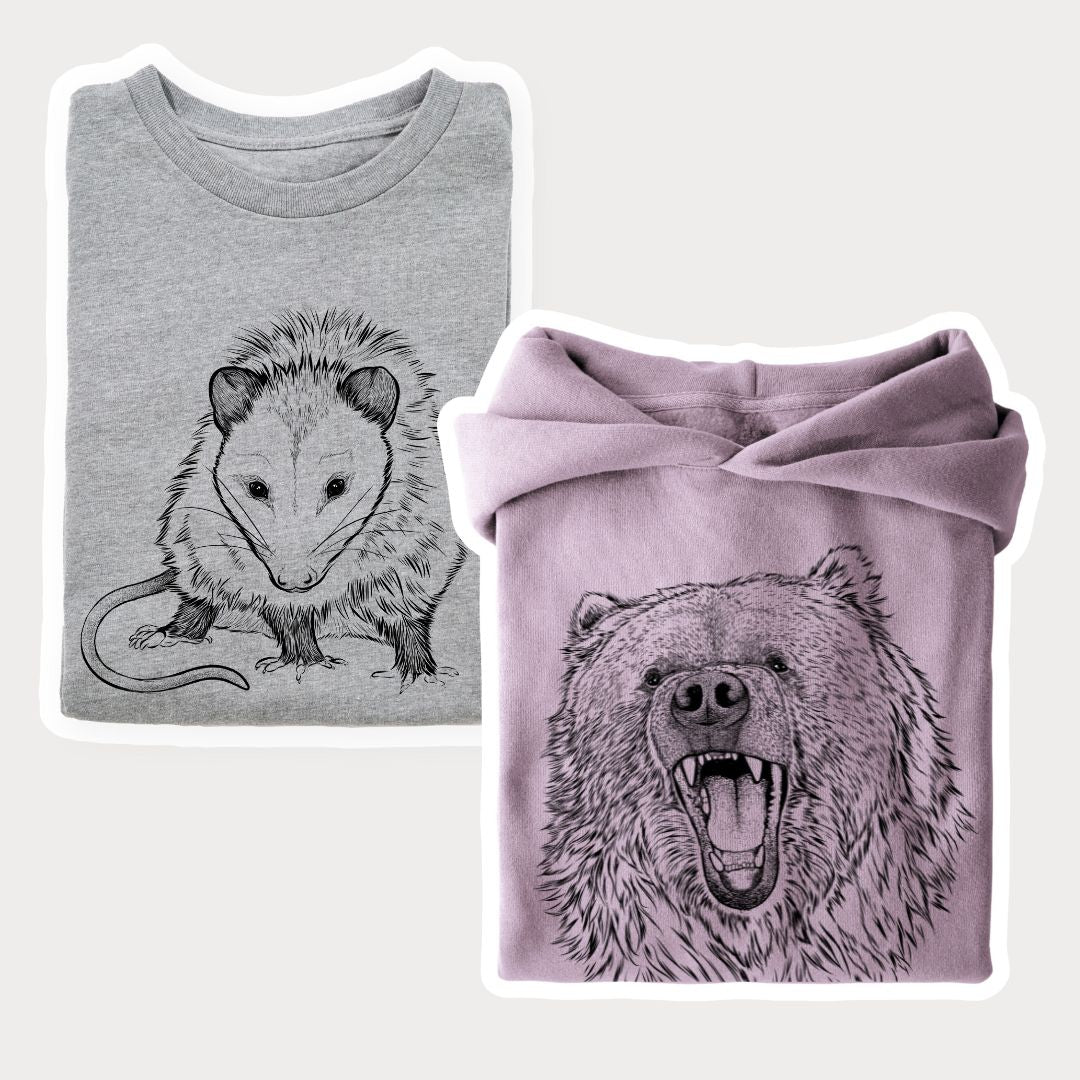


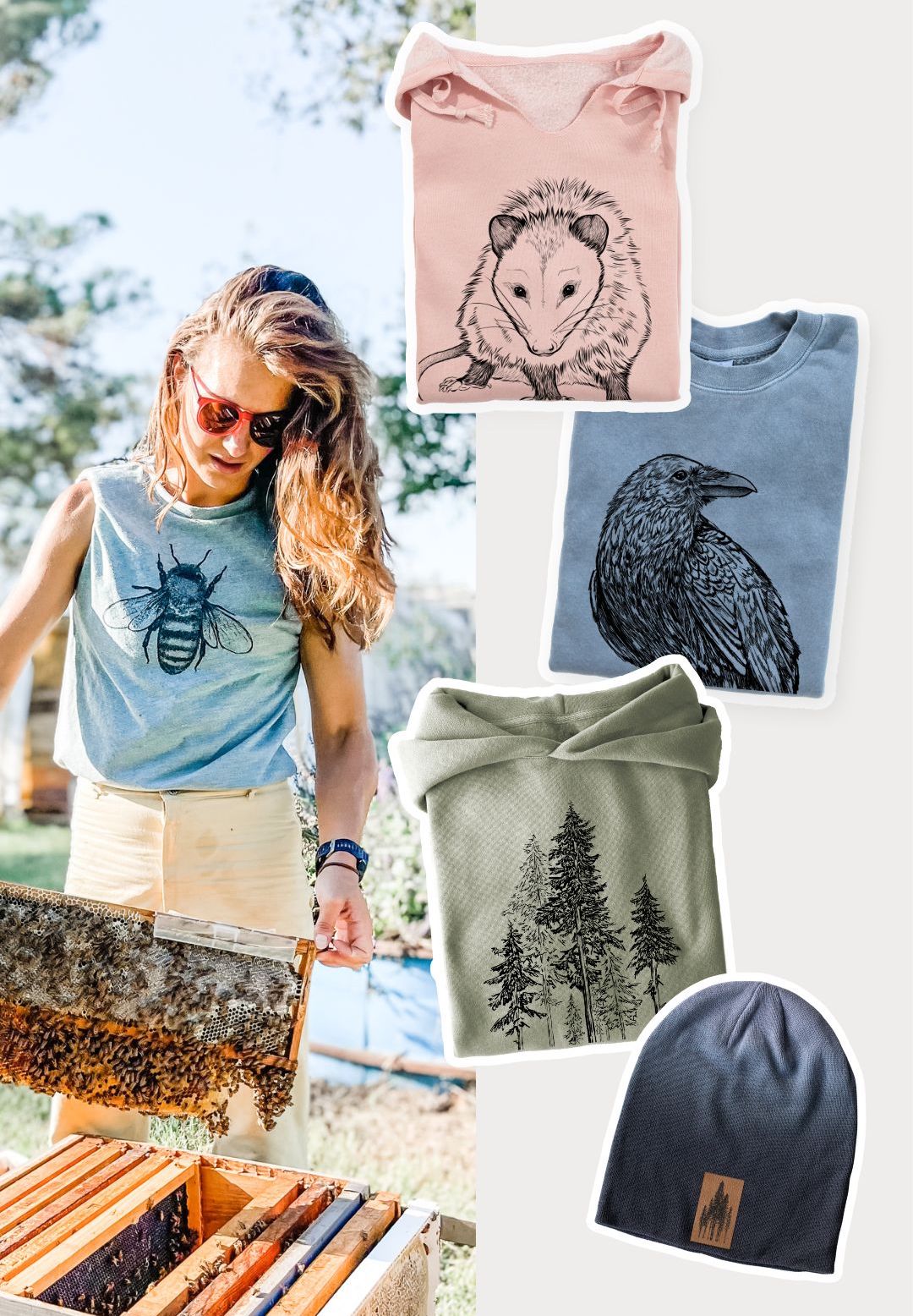

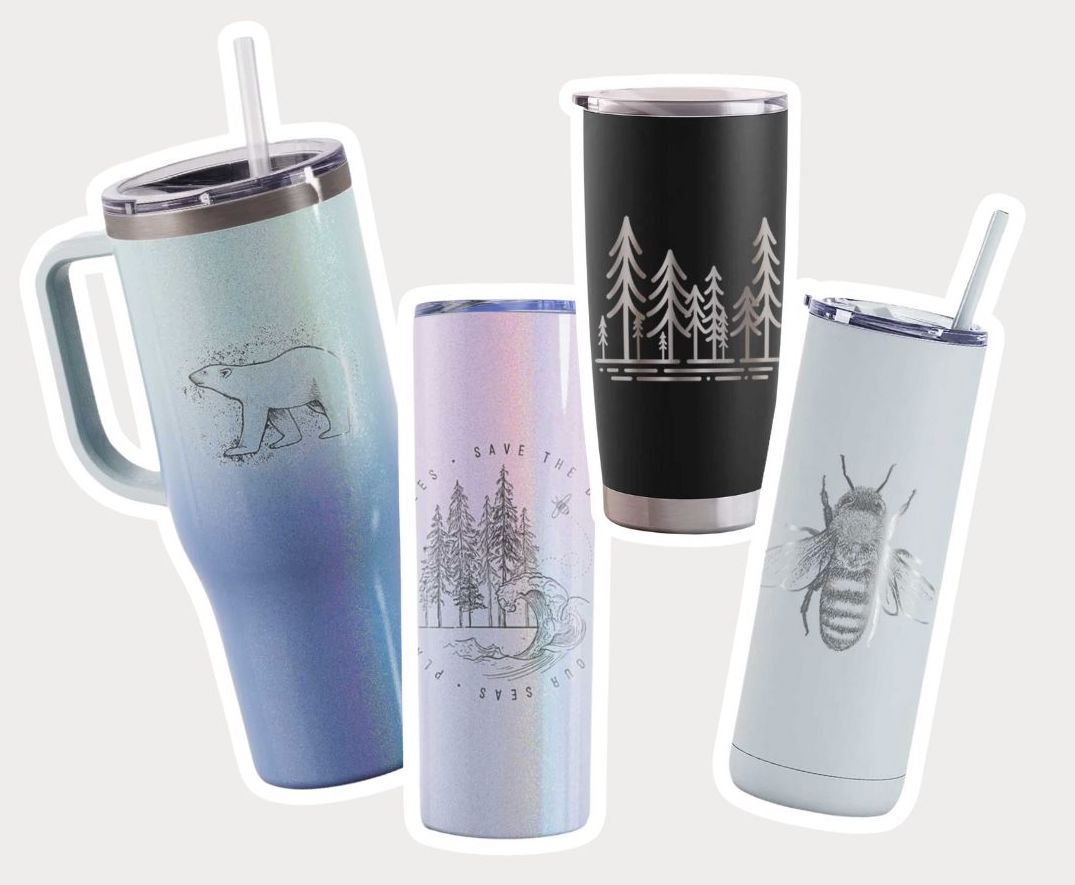




Leave a comment (all fields required)